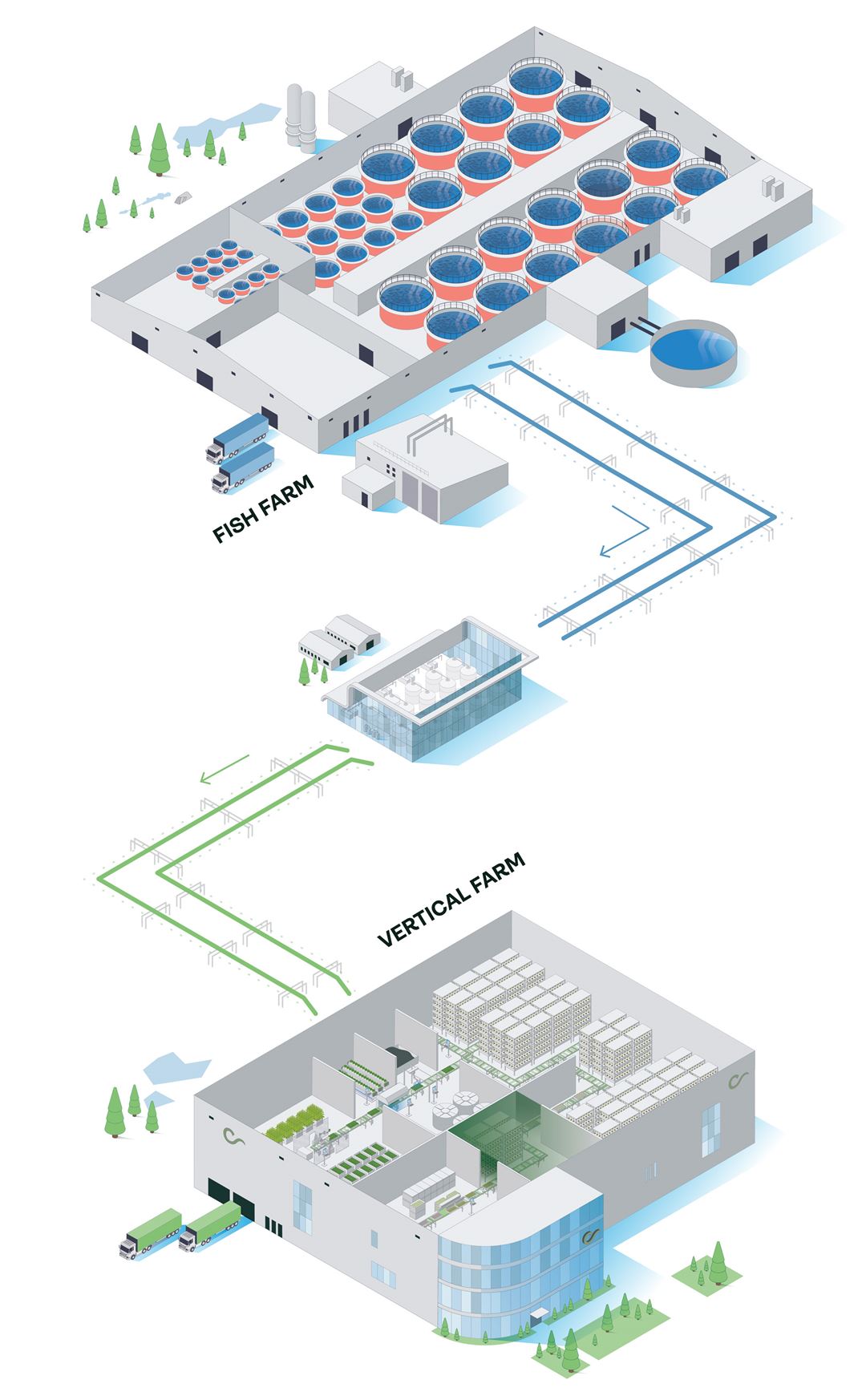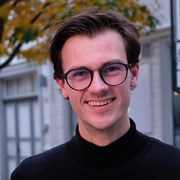Norwegian fish farmers currently meet over half of the global demand for Atlantic salmon. The above-mentioned "fertilizer crisis" refers to phosphorous being a finite and scarce mining resource. Therefore, discharging it into open water means this valuable macronutrient is lost forever.
Moreover, it can even cause eutrophication, which occurs when water bodies become contaminated with minerals and nutrients, notably nitrogen and phosphorus. Thus, recycling these nutrients and making them bioavailable for agricultural practices will contribute to a sustainable agricultural closed-loop approach.
Therefore, we identify hydroponics as the main focus of this project for utilizing waste streams from recirculating aquaculture systems (RAS). However, the method can easily be modified in future projects to concentrate nutrients as raw materials for field crop fertilizers.
The combination of aquaculture and hydroponic systems is called "aquaponics". However, keeping optimal conditions to maximize both productions in traditional aquaponic systems is impossible. To overcome this deficit, we will design and develop a unit that will allow the decoupling of the two systems (i.e., combining RAS with hydroponic controlled environment vertical plant farm) while providing optimal conditions to both fish and plants.
SINTEF Nord will contribute with world-class R&D expertise in the field of aquaponics. In addition, they will use their knowledge and experience in decision support systems development and data management and analytics to innovate on the functionality of the Nutribox. Finally, SINTEF Nord will make senior project management experience available to the project in technical and administrative matters.


